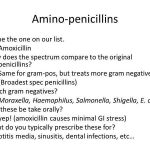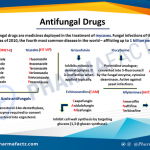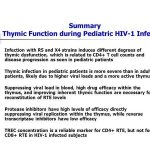
Sepsis, sepsis syndrome, septic shock, and multiorgan dysfunction are all part of a continuum of infection-related systemic illness. Table Definitions for Sepsis, Sepsis Syndrome, Septic Shock and Multiorgan Dysfunction Syndrome gives definitions for each of these entities. The pathogenesis of sepsis is very complex, involving a large number of mediators.







